Upper limb robots can provide a wide range of
support and functions
Rehabilitation robots have proven to be an effective tool in the field of rehabilitation training. At the same time, there are a variety of tasks designed for sport training. These tasks need to be transferred to the motor data of the rehabilitation robot.
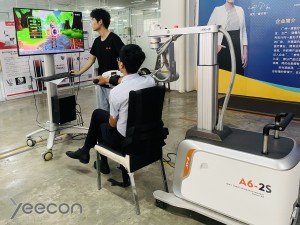
The greatest benefit of the rehabilitation robot is that it facilitates highly repetitive task-oriented training, which is consistent with the principles of efficient rehabilitation. This is achieved not only by providing physical support to enable the patient to move the weak limb, but also by increasing the patient’s motivation and engagement to practice the task and/or play the game, which is an important element of effective rehabilitation.
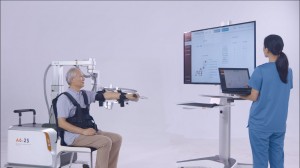
Home-based rehabilitation robots were identified as having great potential to facilitate accessibility, autonomy, and increase choice for therapy. Home-based systems can be convenient for patients as they eliminate the need to travel for access and enable autonomous usage. Professionals would be more confident in prescribing home-based robot therapy with well-developed interaction systems, such as remote monitoring and supervision.
Powered upper limb robots (whether exoskeleton or end-effector) were the most commonly used rehabilitation robot in clinical practice. This may not only be because active robots can provide a wide range of support and functions, but also because upper limb robots are relatively small, which is more convenient, than lower limb robots.
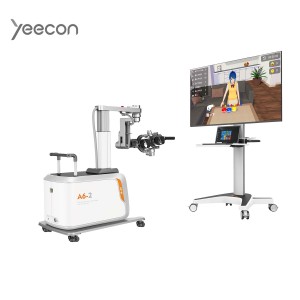
https://www.yikangmedical.com/arm-rehabilitation-assessment-robotics.html
The arm rehabilitation robotics can simulate the arm movement in real time according to computer technology and rehabilitation medicine theory. It can realize the passive movement and active movement of arms in multiple dimensions. It combines situational interaction, training feedback information and a powerful assessment system to allow patients to rehabilitate with completely zero muscle strength. The rehab robot helps to train patients passively in the early period of rehabilitation, thus shortening rehab process.
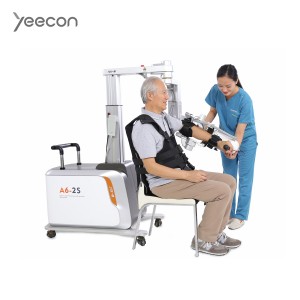
It has five training modes, such as, passive training mode, active-passive mode, active mode, mode and track editing mode. And each mode has a corresponding game for training.
Passive mode: It is suitable for early patient training that the therapist can set 180s of movements of daily activities as the patient training maneuver track. The system can make the patient perform repetitive, continuous and stable upper limb movement training according to the therapist set movement track.
Active-passive mode: The system can adjust the guiding force of the robotic arm to each joint of the patient’s upper limb, and the patient can use his own strength to complete the game training and stimulate his own residual muscle strength.
Active mode: The patient can wear the robotic arm to move in any direction, and the therapist can choose the corresponding scenario interactive game according to the patient’s condition, and carry out single joint or multi-joint training to improve the patient’s training initiative and speed up the rehabilitation process.
Prescription mode: The prescription mode is more oriented towards training of activities of daily living such as hair combing, eating, etc. The therapist can select the appropriate training prescriptions to quickly train the patient, so that improve the patient’s daily life ability.
Trajectory training mode: The therapist can add the movement trajectory that he/she wants the patient to complete. In the trajectory editing screen, the therapist can add parameters, such as, joint movement angles in the order of execution. This allows the patient to follow the edited trajectory and increases the variety of training methods.
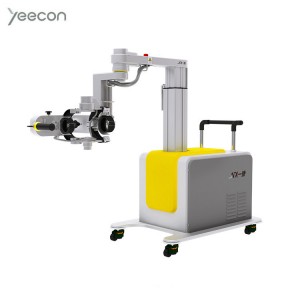
The robot is suitable for patients with arm dysfunction or limited function due to central nervous system diseases. It is also a great helper to dysfunction from peripheral nerve, spinal cord, muscle or bone diseases. The robot provides support for specific training to increase muscle strength and expand joint range of motion to improve motor function. In addition,it can also help therapists in assessment to make better rehabilitation plans.
Learn more about the arm rehabilitation robotics at: https://www.yikangmedical.com/arm-rehabilitation-assessment-robotics.html
If you are interested in any of our products please contact with us for further information.
https://www.yikangmedical.com/contact/
Post time: Aug-17-2022






